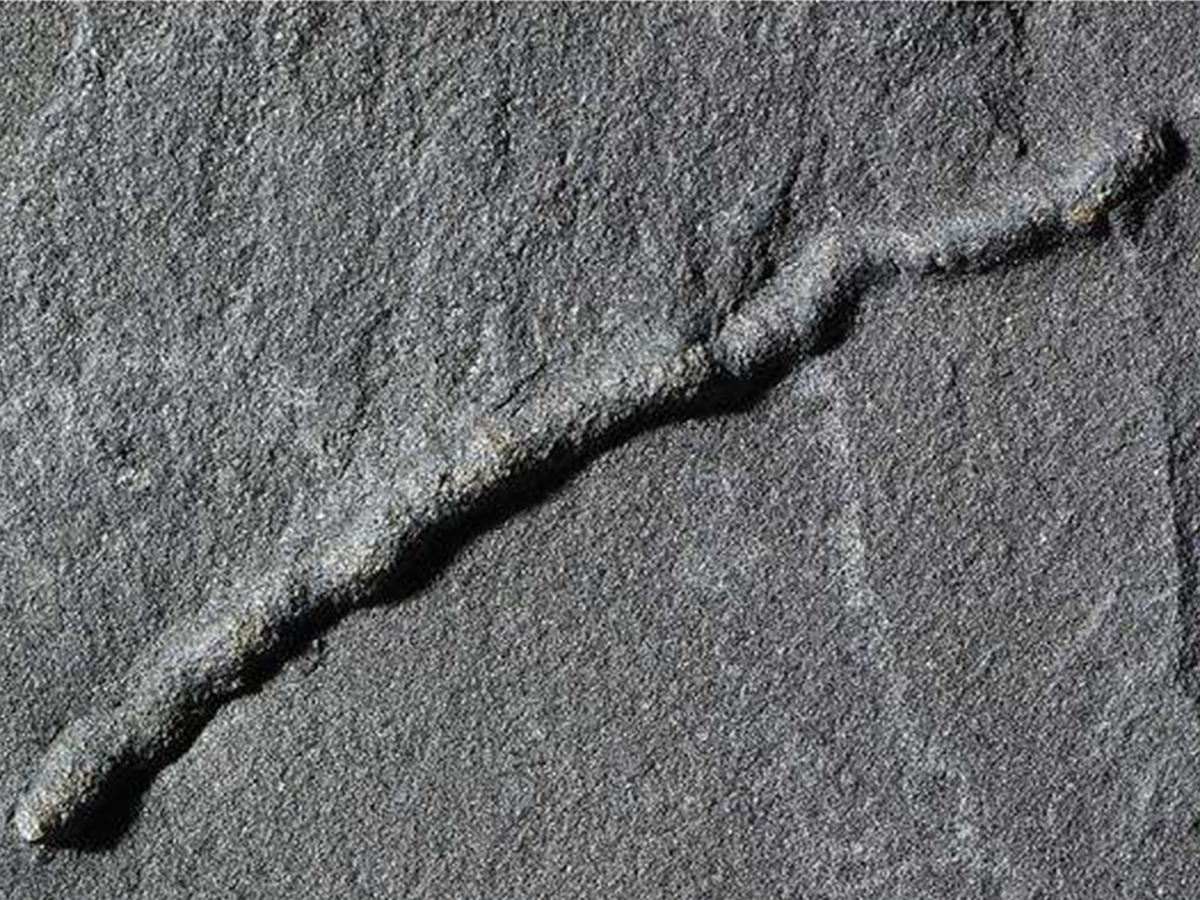Published on Feb. 26, in the Proceedings of the National Academy of Sciences of the United States of America, recent research finds evidence indicating that the first organism motility, or an organism with the ability to move, can be traced back 2.1 billion years ago.
Conducted by Andrey Bekker, associate professor in Department of Earth Sciences, Timothy Lyons, distinguished professor of biogeochemistry and others, the researchers discovered a condensed fossil from the Paleoproterozoic Era, a period ranging from 2.5 to 1.6 billion years ago, at a basin in Franceville, Gabon. The fossil contains string-shaped imprints. These imprints are 0.23 inches across and can extend up to 6.69 inches across the strata.
The tracks do not follow the constant sedimentary structure, or the usual horizontal deposits of minerals or materials over time though wind, glaciers and water, and occasionally makes a vertical trajectory at a slanted or even angle through the sedimentary planes. Thus, this shows the winding had to be caused by a moving organism.
The past understanding linked the oldest evidence of organism motility to Ediacaran biota, which lived during the Ediacaran Period, from 635 to 541 million years ago. The Ediacaran fauna, also known as Ediacaran biota, is a term used to encompass the organisms found in sandstone during this period. Their existence holds importance as they come before the Cambrian Period, which saw a proliferation of multicellular life forms.
The life forms that sprouted during this period were metazoans, multicellular organisms that require oxygen to mature. However, this current findings can contradict the past timeframe, moving the oldest organism motility back by more than a billion years, challenging the conception that complex organisms came during the Ediacaran Period.
While it is still inconclusive as to what lead to the organisms needing to have motility, in an interview with Abderrazak El Albani, the main author and professor of sedimentology and biogeochemistry at Université de Poitiers, a university located in France, explained via email that “… the research of nutritious elements and oxygen in the immediately surrounding environment, including within the sediment on which they lived, seems to prove the biological complexity of these organisms.”
The findings are able to move the first organism motility back to more than a billion years, but cannot provide more information besides this.
“It is still inconclusive and there are still questions to be further explored,” explained Andrey Bekker, associate professor in the UCR Department of Earth Science and one of the two UCR researchers who worked on the study. There are still more question to be answered such as the time gap and whether this motility was a “experimental source of life,” Bekker explained.
Timothy Lyons, UCR distinguished professor of biogeochemistry and other UCR researcher during the study, was unavailable for comment.








